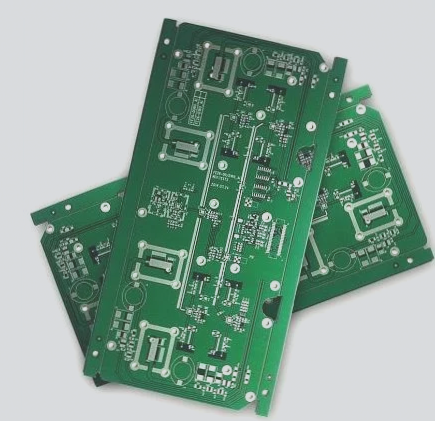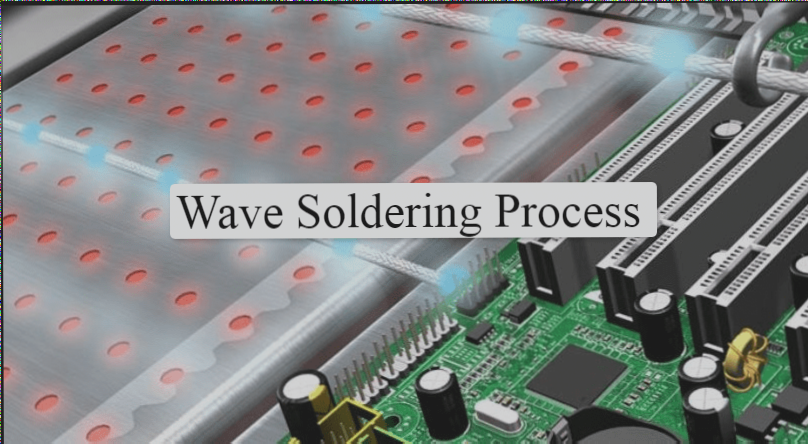Challenges and Advancements in Selective Soldering Process
While the single-nozzle solder wave drag soldering process offers advantages, it also comes with limitations. The soldering time, the longest among flux spraying, preheating, and soldering processes, increases significantly as the number of solder joints grows. This impacts welding efficiency compared to traditional wave soldering. However, advancements like the integration of multiple welding nozzles are improving output. For example, using dual welding nozzles can double efficiency, while incorporating dual flux nozzles is also beneficial.
The immersion selective soldering system, featuring multiple solder nozzles tailored to the PCB, provides comparable output to traditional wave soldering at a lower cost. It allows for parallel processing of single or multiple boards, with simultaneous spraying, preheating, and soldering of all solder points. However, varying solder joint distributions require special solder nozzles for different PCBs. Ensuring stable soldering without affecting nearby components is a key challenge for design engineers.
Handling solder joints from 0.7mm to 10mm, the immersion selective soldering process offers stability when soldering short leads and small pads, reducing the risk of bridging. Maintaining a minimum distance of 5mm between adjacent solder joints, devices, and soldering tips is crucial. Preheating in this process focuses on evaporating solvents and pre-drying flux to achieve proper viscosity before solder wave contact. The impact of preheating temperature settings on soldering quality varies based on factors such as PCB material thickness, device packaging, and flux type.
Opinions differ among process engineers regarding preheating in selective soldering. Some recommend preheating the PCB before flux spraying, while others suggest direct soldering without preheating. Users can customize the selective soldering process to meet specific needs and optimize results.
- Enhancements in selective soldering processes
- Challenges of single-nozzle solder wave drag soldering
- Advantages and limitations of immersion selective soldering
- Optimizing soldering stability and efficiency



